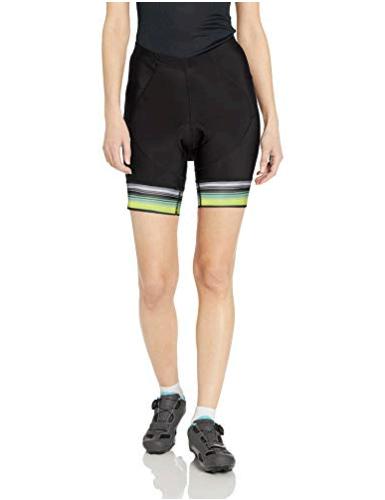
The alternative tool was associated with less dominant arm fatigue, muscle activity, and grip force when compared with the piping bag. Participants rated usability of the alternative tool superior for refill and comfort but the traditional method was rated better for accuracy, stability, positioning and control. The alternative tool significantly reduced grip force, an important risk factor for distal upper extremity pain and disorders. Average median (APDF 50%) and peak (APDF 90%) muscle activity was significantly less for the alternative tool across all three forearm muscles.

Less fatigue was reported in the dominant hand (p = 0.001), forearm (p = 0.003) and shoulder (p = 0.02) for the alternative tool when compared to the piping bag. Outcome measures were evaluated using the Wilcoxon Signed Rank test and the paired t-test. Subjective hand and arm fatigue, usability, upper extremity posture, and muscle activity from three forearm muscles were assessed for each tool. Participants (n = 17) performed 2 h of cake decorating tasks using the two tools. The purpose of this laboratory study was to evaluate forearm muscle activity, discomfort, productivity, and usability of an alternative tool for cake decorating compared to decorating with the traditional piping bag. However, the new device did not receive the best overall rating because of problems with accuracy and overflow, especially with smaller decorating tips.Ĭake decorating involves several hand intensive steps with high grip force during the application of icing. The new device significantly reduced grip force and awkward wrist posture, two important risk factors for distal upper extremity pain and disorders. Subjects rated the new device superior for refill and comfort, and the traditional method better for accuracy. Mean median (APDF 50%) muscle activity were significantly less for the new device across all three muscles, and posture analysis showed significantly less wrist extension. Outcome measures were evaluated using binomial, Wilcoxin Signed Rank test, and the paired t-test. Muscle activity from three forearm muscles, posture, subjective hand and arm fatigue, and usability of each device were assessed. Subjects (N=17) performed two hours of cake decorating tasks using two different devices. The purpose of this laboratory study was to evaluate forearm muscle activity, discomfort, productivity, and usability of a new device for cake decorating compared to the traditional piping bag method. While reliability of barrier identification was substantial or moderate for some barriers, reconciliation of barrier events identified by multiple video observers is recommended for optimal results.Ĭake decorating involves several hand intensive steps with high grip force during the application of icing. The list is useful for identifying and categorizing accessibility problems found in equipment. Inter-observer variability for identifying barrier presence was assessed with kappa statistics for pairs of observers.Ī list of 10 access and safety barriers was developed through an iterative consensus process, which identified design features of medical equipment that presented difficulties for participants with disabilities.

For each of 11 videotapes, four observers independently identified and documented access and safety barriers, such as physical, sensory, cognitive, and environmental barriers. The researchers reviewed videotapes of patient-participants with various physical and sensory disabilities using different types of medical equipment. The purpose of this study was to develop a method for evaluating accessibility of medical equipment for patients with disabilities.


 0 kommentar(er)
0 kommentar(er)
